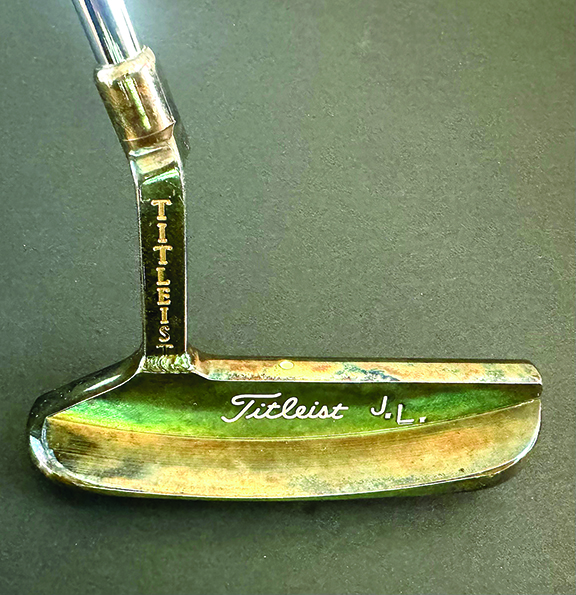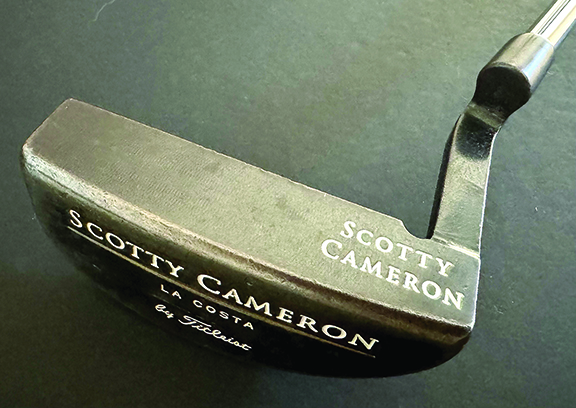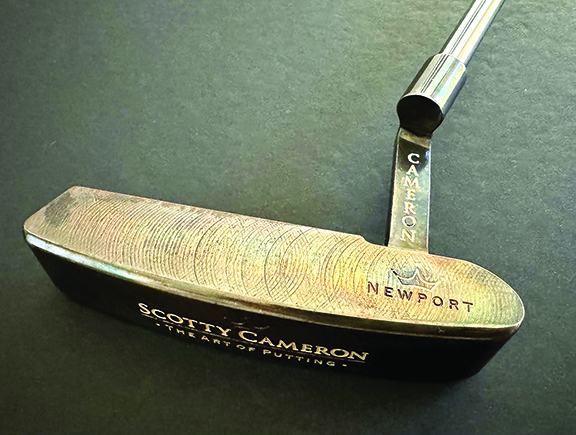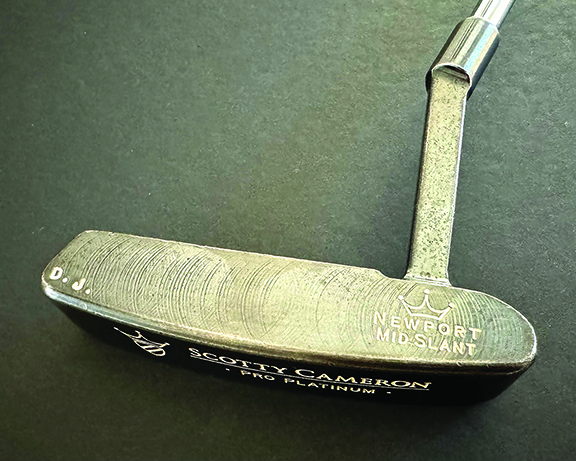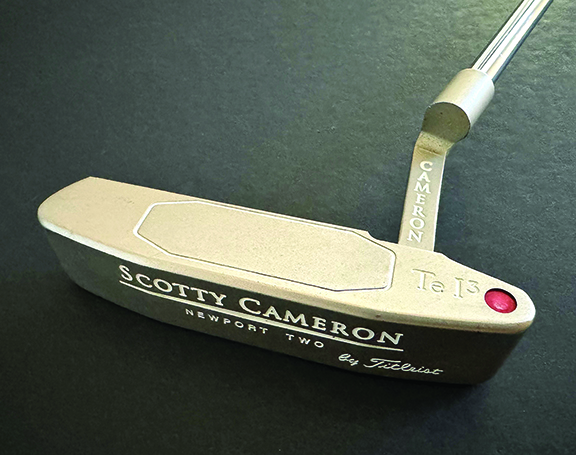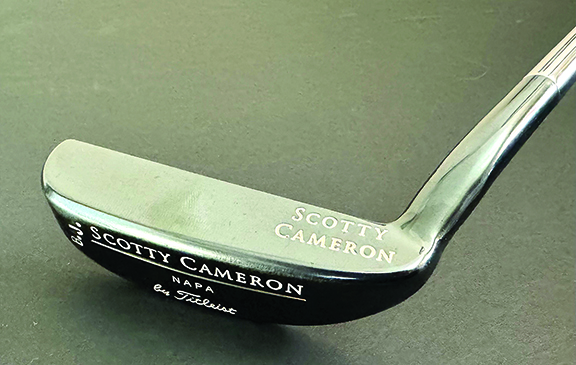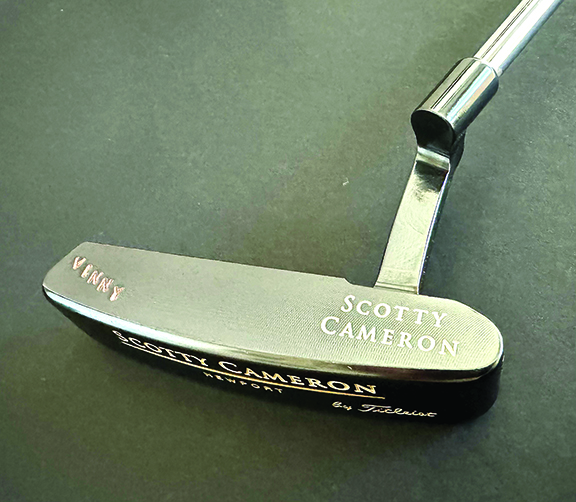
This article first appeared in the Winter 2024 edition of The Golf.
By Bill Vogeney
In a matter of a few months, Scotty Cameron transitioned from a young, thriving putter maker and entrepreneur who made close to 10,000 putters in 1994, to part of a huge golf company in Titleist. From the perspective of someone who was already collecting Scotty’s work at the time, he seemingly did so without missing a beat. I vividly recall a conversation I had with an Orlando-based club pro in late 1994 who also was an early fan of Scotty’s. “His new putters won’t nearly be as good,” he said. “They’ll be priced $100 less (originally his Classics were $300 prior to joining Titleist) and they’ll have to be mass-produced.”
Yet just a few months later I was at the 1995 PGA Show looking at the new Cameron/Titleist putters. While the engraving, grips and headcovers changed, they had all the features that attracted me to Scotty’s putters starting in 1992. The black oxide finish was deep and rich. The milling on the face looked gorgeous. They sat perfectly at address. The grips felt like they melted into my hands. The feel and balance were perfect as well; hallmarks of every putter Scotty’s ever done.
His new lineup for Titleist consisted of some of his most popular early models, and a few new looks. Here’s a comparison of his production putters made by Cameron Golf International in 1994 and those that were part of his Titleist line.
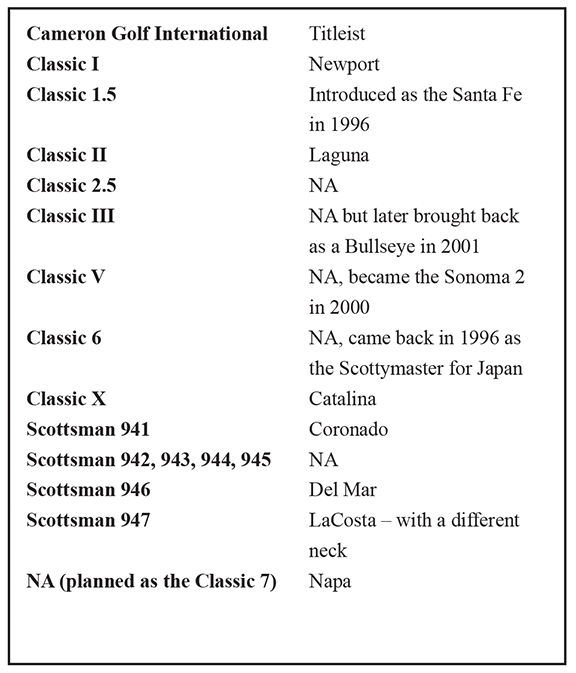
These first models for Titleist are now 30 years old and have found some new interest in the collector’s market. Most of these putters weren’t stashed away in closets unused, and unless their owners lived in a relatively dry climate and/or kept WD-40 on them, they could be prone to rust. Another factor in their collector interest lies in the metal used; Scotty used soft carbon steel on these early putters, which he has not used on any of his retail lineup since 2006. For me and other enthusiasts, there is nothing like the impact feel of a carbon steel putter. Finally, as I alluded to earlier, the face milling on these early Cameron putters is more like artwork compared to the perfect, mechanical look of today’s putters.
For the most part these models were produced from 1995 to 2001 with a few changes. In 1998, Scotty changed his primary finish for the lineup from black oxide to oil can, and made tweaks to the Coronado and Catalina models, renamed the Catalina 2 and Coronado 2. In 2000 he introduced another new finish, pro platinum, after being tested on tour for several years. The Newport became known as the Newport “Mil-Spec,” available for the first time in 4 different lengths and weights; for golfers who want to play a Cameron, arguably the Mil-Spec might be the most popular Cameron ever. He also introduced a new neck, the slant neck (for the Newport, Newport 2, and Coronado), tweaked the Laguna, and introduced the Del Mar 3, a mid-mallet.
So, what are these worth? If you have an all-original mint example of the more popular models like the Newport, Newport 2 (introduced later in 1996) or Napa, they can approach $1,000 or maybe more if the grip is still in the original plastic and the original headcover is included. Nice used examples (no rust, minimal or no nicks, with minor finish wear) can bring between $300 and $500. Because of the rarity of near mint examples of the oil can models (the finish is notoriously known to rust) those can command a little more. The pro platinum models, save for the Newport Mil Spec, are not very popular. Overall, the Catalina, Del Mar, Coronado and Laguna attract the least interest from collectors.
If you’re interested in collecting these, I tend to follow my classic club roots: find an all-original example in the best condition you can find. While Scotty’s studio can refinish these, in most cases a nice original example is worth more than a refinished one. The cost of buying a well-used example and paying for a refinish can also exceed the value of the putter once it’s completed.
